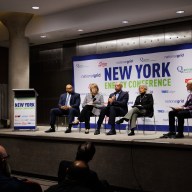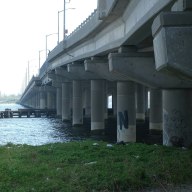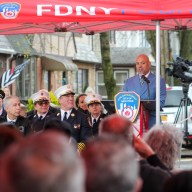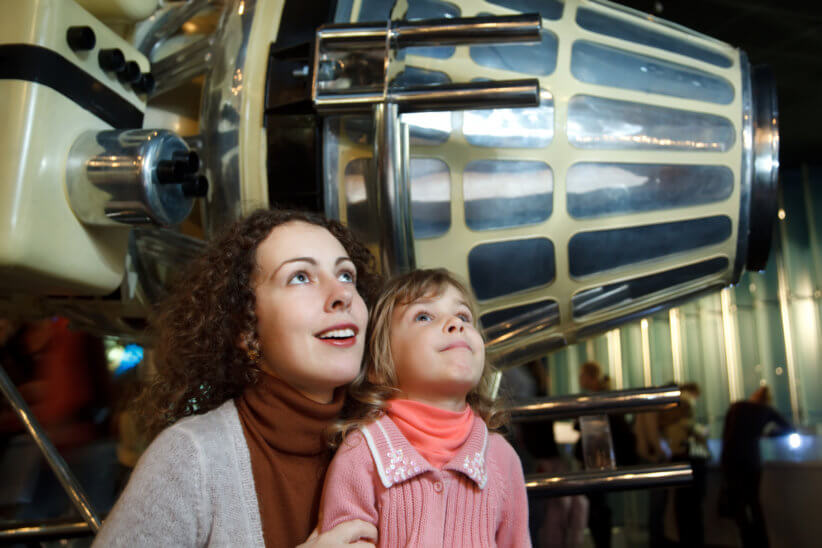By Nathan Duke
A Lithuanian painter who survived the Holocaust as a teenager will exhibit his substantial body of work, which depicts Nazi atrocities, this month at Queensborough Community College’s Kupferberg center in Bayside.
Artist Seymour Kaftan’s collection of work, titled “Genocide Among the Flowers: Seymour Kaftan’s Ponary Paintings,” will open at the Harriet and Kenneth Kupferberg Holocaust Resource Center and Archives Feb. 16 at 7 p.m.
The center, on Queensborough’s campus at 222-05 56th Ave. in Bayside, will host the exhibit through June 15.
“The powerful combination of images, text and photographs offer a rare perspective into this very dark period of history,” said Arthur Flug, executive director of the Holocaust center. “We are very grateful to his family for generously donating this collection.”
Kaftan’s daughter has been storing the oil paintings in the basement of her home in Baltimore. The works are unwrapped only once each year to be shown at a Hebrew day school in that city on Yom Hashoah, which is observed as Israel’s day of remembrance for victims of the Holocaust.
Kaftan left Lithuania as a teenager and came to the United States after World War II. He decided he wanted to tell his story, but chose to paint it because he did not have a mastery of the English language.
His artwork details the brutality practiced by the Nazis in his home country.
More than 100,000 people were murdered during the Ponary massacre, during which the Nazis and Lithuanian collaborators executed an estimated 70,000 Jews as well as thousands of Russians and Polish intellectuals near the town of Ponary between 1941 and 1944. Most of the killings took place near the railway station at Ponary, which is also known as Paneriai.
“Genocide Among the Flowers” was curated by Rabbi Isidoro Aizenberg, a scholar-in-residence at Queensborough, and will be accompanied by excerpts from “Ponary Diary, 1941-1943: A Bystander’s Account of a Mass Murder,” a chronicle of the massacre that was written by Kazimierz Sakowitz, a Polish man who lived in the woods near the site of the murders.
The $6 million Kupferberg center opened in Bayside Oct. 18 following five years of planning. The site, which has 9,000 square feet of glass, steel and Jerusalem stone, is named after late Malba philanthropist Harriet Kupferberg and her husband.
Reach reporter Nathan Duke by e-mail at nduke@cnglocal.com or by phone at (718) 260-4566.





























